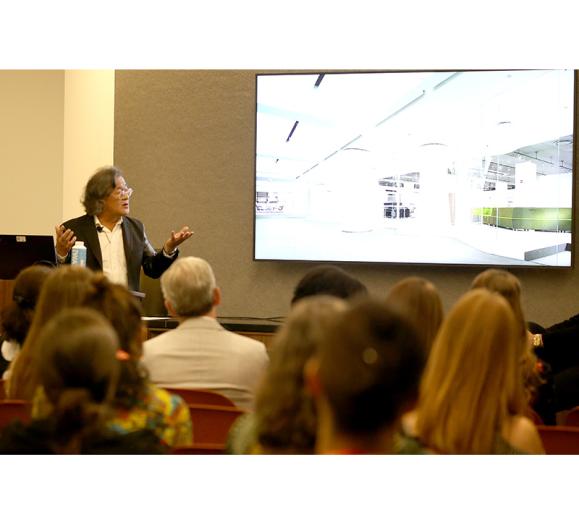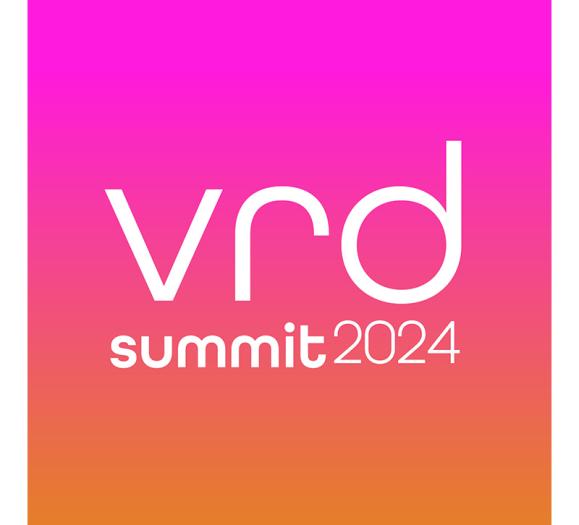A new study from the Consumer Technology Association Foundation (CTA) finds that seniors—the fastest growing age group—are increasingly willing to adopt technology that helps them live independently and improve their quality of life as they get older, but also identified some challenges with adoption.
The CTA Foundation was launched in 2012 with the mission to link seniors and people with disabilities with technologies to enhance their lives. The latest study surveyed consumers age 65 or older who are or will be facing some of the issues that active aging technology can address. Additionally, the study included caregivers under the age of 65 who play an active role in the lives of a parent or relative 65 or older.
According to industry analyst Ben Arnold, senior director of innovation and trends at CTA, in formulating the study’s questions, CTA steered clear of tech jargon like the term “Smart Home” and focused on the use and ownership of individual products. “We asked, for example, if consumers owned a smart speaker or connected thermostat and then provided definitions of what we were talking about. This is the second study we’ve done (the first was performed about two years ago) and we saw a higher overall awareness among seniors that these technologies exist, and their familiarity with these types of products was noticeably higher than what we observed two years ago.” This tracks with the speed at which the connected home is evolving.
While the study found that more than 60 percent of seniors say safety and smart living technology (and health and remote care technology) will help them age in place longer, some 74 percent of seniors say they would need help adopting new products in their home.
Opportunities In Home
That data point suggests a growing opportunity for designers focused on the home to offer clients new and expanded services. “To me, the fact that seniors may need help in adopting technology is not a negative,” Arnold says. “With the acknowledgement that the technology world moves quickly and that we’re continuing to bring these connected devices into our homes, the time is right for services that focus on helping seniors adapt. The fact is that this population is very big and has a unique set of needs that they require from technology.”
On the marketing side, the study found that 71 percent of seniors say recommendations from doctors and healthcare providers would increase their trust in any new products and services. At the same time, companies targeting this important consumer demographic should be cognizant of those in caregiving roles. “One thing we have found going through the data is that some of the caregivers’ technology habits can rub off on their seniors. We can infer that if a caregiver is very mobile focused and ordering rides through Uber and shopping through apps on their phone, for example, they can imprint those habits on their senior.”
Wellness and Smart Home
As noted in the March issue of Furniture, Lighting & Decor, the Wellness and Smart Home categories were more closely aligned than ever at last month’s massive Consumer Electronics Show (CES). “We started out with a lot of fitness devices, step tracking and things like that,” relates Arnold, “but those are things my phone can do. Now companies are focusing on deeper features in the digital health space, not just in hardware, but the companion applications that make it easy for you or somebody else to analyze the results and share them with interested parties. We expect that will be a very big part of this story moving forward.”
Indeed, he says, “One of the big stories at CES this year was the advent of 5G, and that will have a great impact on things like remote patient monitoring and remote healthcare because of the increased speed. It’s real time and there’s no latency. I think we’re on the cusp of another innovation cycle that will make a lot of these applications and the hardware even more useful.”







